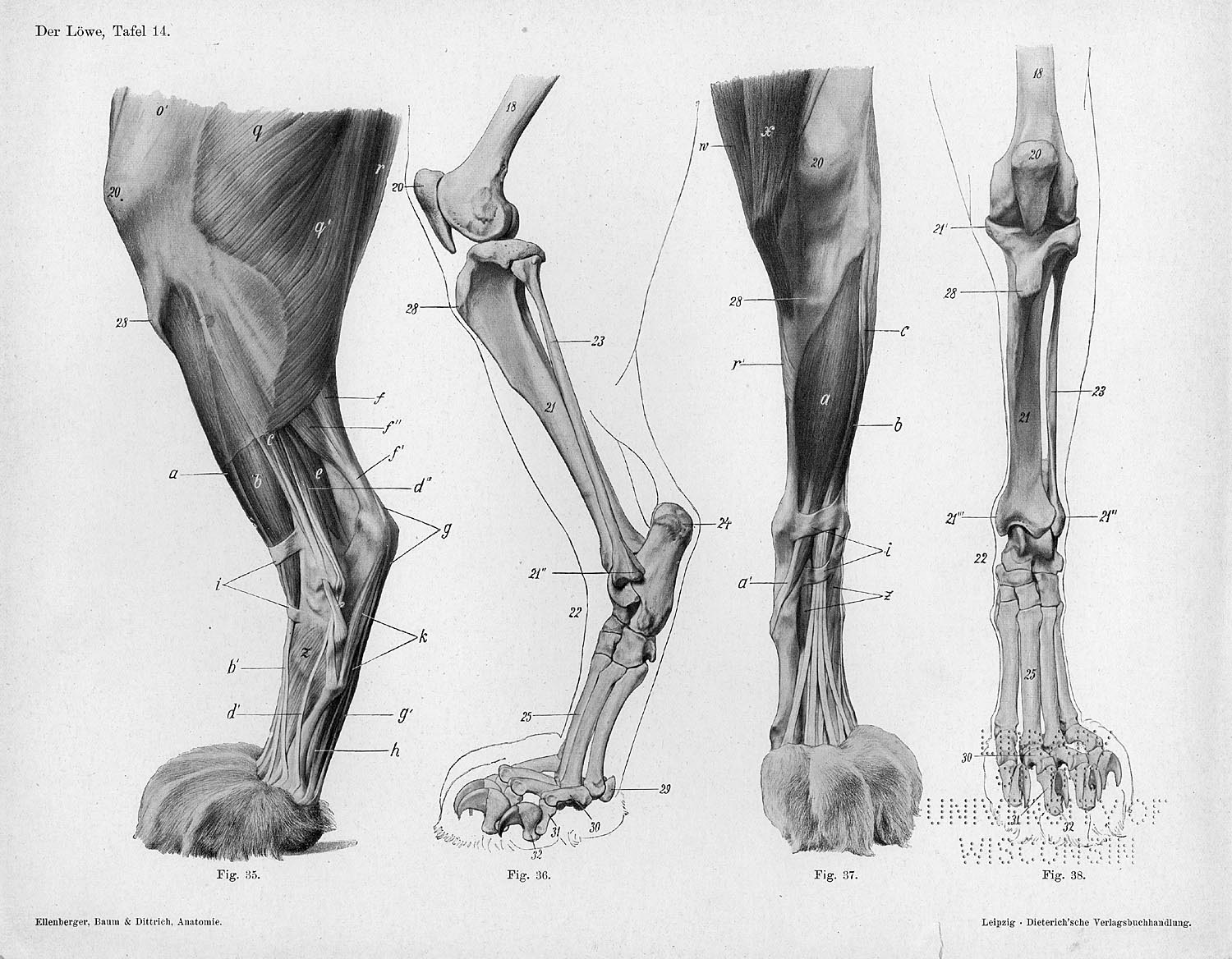Hind Leg Lameness:
To try to ascertain if there is hind leg lameness, the dog should be trotted slowly away from the observer. The dog favours the sore leg by taking less weight on it.
The impression given is that the hindquarter on the GOOD side moves down more – the dog seems to fall onto it. The sore leg is the other leg.
Lameness in more than one leg
Lameness in more than just one leg at a time can be much harder to detect. The dog may seem to be generally sore and adopt a “paddling” or “pussy-footing” gait. More weight may seem to be taken on the front or hind legs, or on one or other side of the body. Two-limb lameness may only be able to be detected by the vet.
“Shifting” lameness is when all the legs are sore, either at once or at different times. This can be characteristic of bone inflammation in younger dogs or certain other rare conditions.
N.B. Its a good idea to have somebody film you as you trot your dog away from them so that you can view the gait a few times without needing to re-run the dog excessively. Sometimes the limp may be quite difficult to detect on the first viewing.

